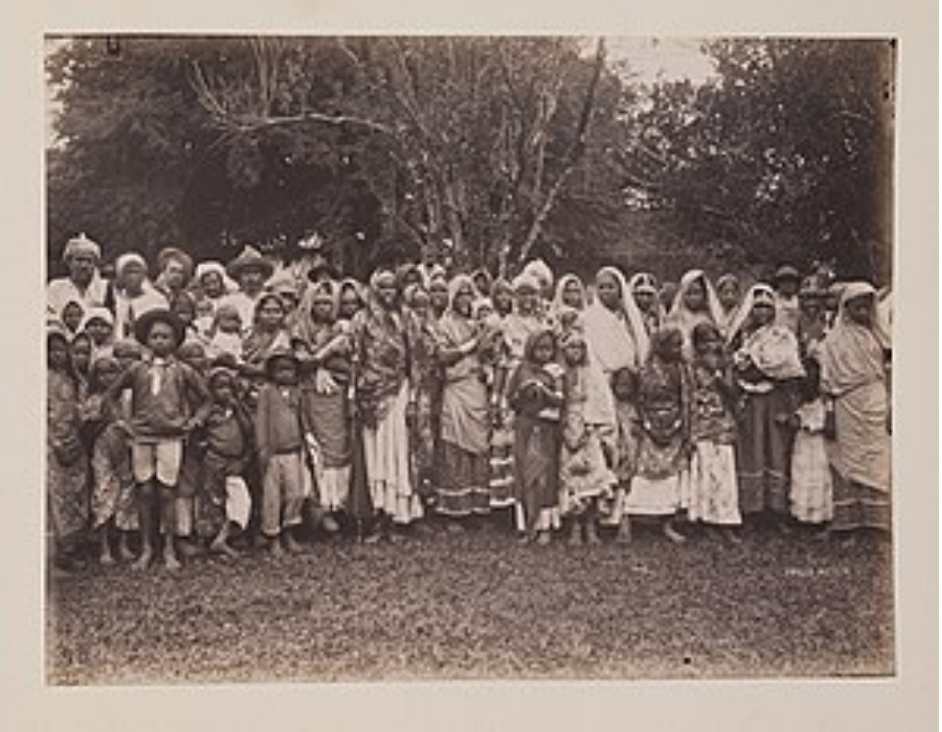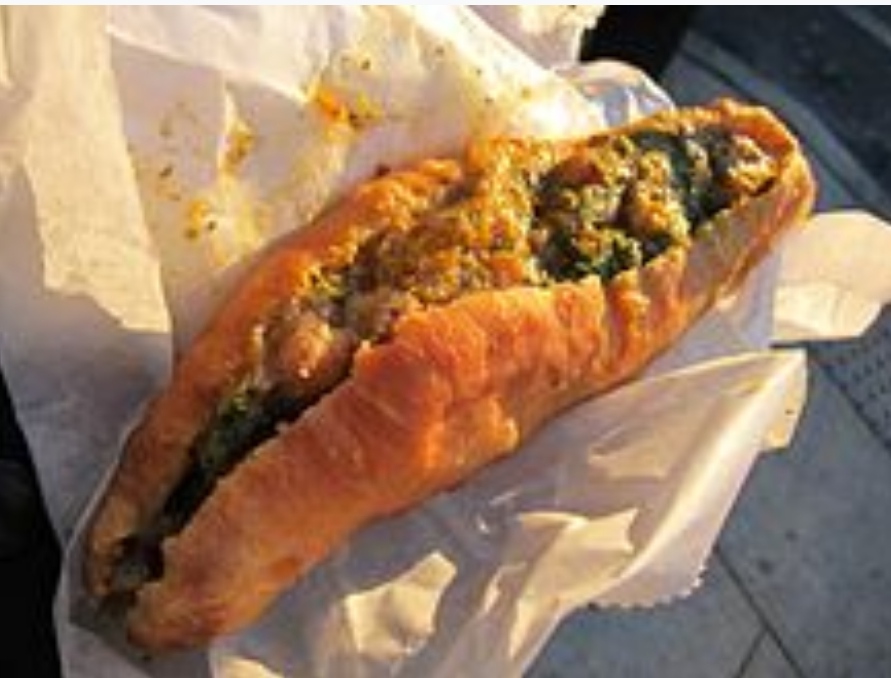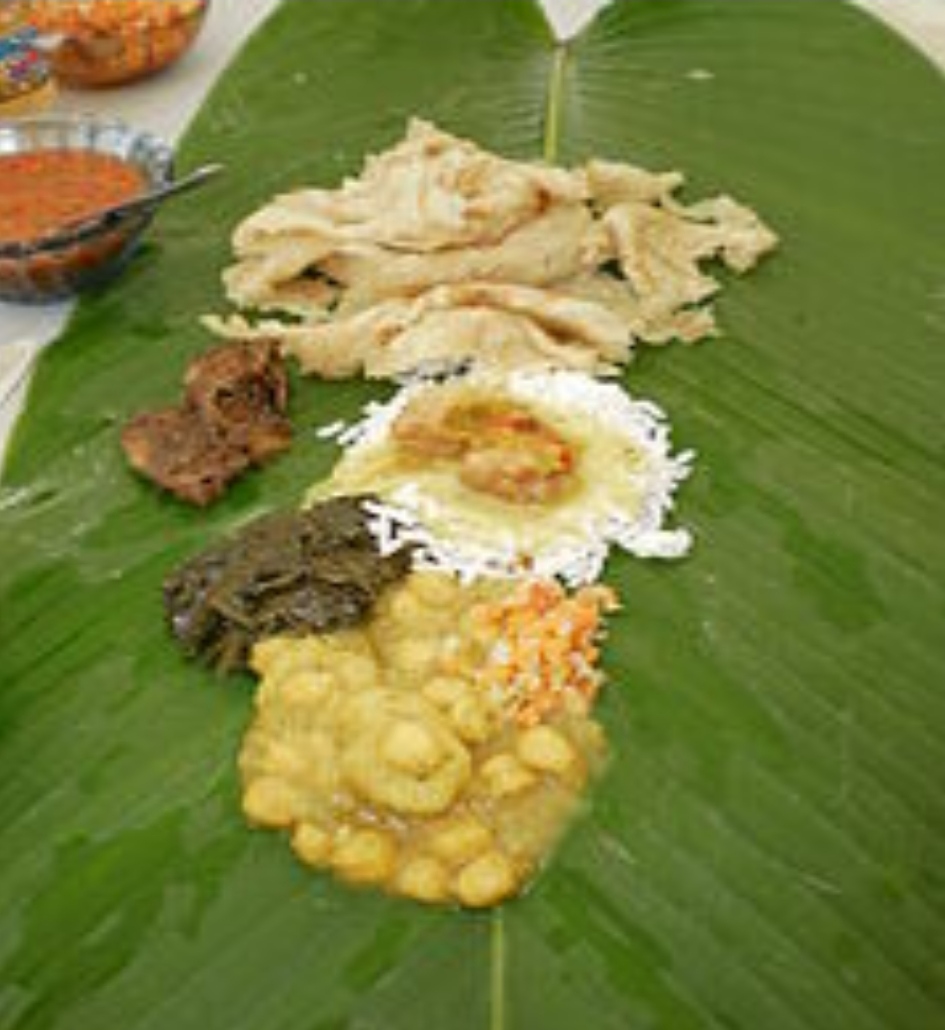Know the Girmityas : Trinidadians and Tobagonians
Way back in 1845, from the shores along the mighty River Ganga, a few courageous people fed of the British imposed poverty, took up the British bait to distant lands across the Oceans. Forget the fear of unknown, breaking the deeply ingrained taboo of travelling SAAT SUMUNDAR PAAR was itself an act of courage. Next act of courage was signing the BRITISH CONTRACT which was virtually going to turn them into a category just separated by a dash from the slaves..people forcibly captured from African Coasts and traded.
Over a period, individuals and entire families began to sign such contracts, though knowing fully well that there was no coming back to GANGA MAYIA. These people began to be called the GIRMITYAS. Some landed in Mauritius, Seychelles, others were taken to West Indies and some to the shores of South America.
Indians first arrived in Trinidad and Tobago as indentured laborers or Girmityas from 1845 onwards and arrival continued well into the first World War. By that time their numbers reached nearly 1.25 lakhs. The British always had proper fig leaves for all their Criminal actions. So even for the Girmityas, the Company Bahadurs of East India Company had drawn a Regulations of 1837 which laid down specific conditions for the dispatch of Indian labour. Both the emigrant and his emigration agent were required to appear before an officer designated by the Company, with a written statement of the terms of the contract. The length of contract was to be five years, renewable for further five-year terms. The emigrant was to be returned at the end of his service to the port of departure. Each emigrant vessel was required to conform to certain standards of space, diet etc. and to carry a medical officer. Like many things British, most of the essential points of contract remained on paper only.
Around 90% of these indentured labourers were from the Ganga Yamuna belt and few from Northern and Central India.These formed the Calcattia Group as they had embarked from Port of Calcutta. Those from South India and Western India were called Madrasis as they had embarked from Port of Madras.
The Girmityas suffered terribly under the yoke of the Whites but they grinned and fought. Meanwhile after looting India of nearly 45 trillion dollars, nearly exhausted Britons hurriedly vacated India in 1947 rather than be driven away sooner than later. An independent India did try to connect with the Girmityas but not in the manner as it should have done, most probably because of the distances involved and the cost. Though better connection was established with Mauritius and Seychelles.
Today India is the third largest World Economy in terms of PPP( purchasing power parity) much more accurate than comparing with any Country specific currency as reference point. British are way down at 9th. Even in American dollar terms India is now at 5th position above Britain. Once Scotland and Northern Ireland leaves the not so united Kingdom then England will go down further. So now India must reconnect with the entire Indian Diaspora spread all over the World. However we should start to establish closer ties with the descendants of Girmityas, Ganga Maiya should strive to reach them. They too have done well and now control their own destiny.
So let’s try and know about our people in Trinidad and Tobago who are now known as Indo Trinidadians and Indian Tobagonians. As identified by the official census, these Nationals of Trinidad and Tobago formed about 35.43% of the population in 2011, numbering around nearly five lakhs.
The Indian Scent is noticeable everywhere, be it culture, language or cuisine, as they are the largest ethnic group in the country. So you will see jhandas (temple flags), Roti shops and stalls, puja stores, Indian groceries/markets, and Indian clothing stores and expos dot the landscape of the country. Many businesses also bear names of Indian origin and so do towns, villages, and streets. In Trinidad and Tobago you will come across towns and villages such as Calcutta Settlement, Madras Settlement, Delhi Settlement, Hindustan Village and Patna Village.
National Holidays in the country includes Diwali, Eid, and the Indian Arrival Day. 30 May is celebrated every year as Arrival Day. It commemorates the arrival of the first indentured labourers from India in May 1845 on a ship named Fatel Razac after a journey of five months, carrying 225 Indians. Trinidad and Tobago was the first country to start this holiday in the West Indies.
The Trinidadian main language today is Trinidadian English which has been greatly influenced by the Trinidadian Hindustani or Gaon ki Boli. A majority of Girmitiyas spoke Bhojpuri and Awadhi which over a time became Trinidadian Hindustani. Later in 1930s with arrival of Hindi Cinema from Mumbai, many standard Hindi and Urdu words and phrases got incorporated into this Hindustani. In fact now the favoured dialect is a sort of Hindian version of English. Though Trinidadian Hindustani survives through Indian Classic music, Bhajans and Chutney Music, a fusion genre of Indian folk music, specifically Bhojpuri folk music, with local Caribbean calypso and soca music, and later on Bollywood music. In fact each year 10 January is celebrated as World Hindi Day.

Early Indian indentured laborers.
Indo–Trinidadian and Tobagonians have retained their distinctive heritage and culture, while also functioning in a multi-racial manner. Apart from the national holidays stated above, various festivals are celebrated widely. They are Phagwa, Maha Shivratri, Vijayadasmi, Krishna Janamashtami, Chhath, Rath yatra, Hanuman Jayanti, Makar Sankranti, GameShark Chaturthi etc.
Ramleela, drama, is popular during the time during Dushera festival and Ras Lela during Janmashtami. Katha, Orissa and Bharatnatyam are the most popular Classical dances. So are Indian folk dances, Bollywood dances and the local Chutney dance forms.
Now let’s see what these people eat. The traditional Indo-Trinidadian and Tobagonian breakfast consists of sada roti made on tawa. These are eaten with a variety of fried vegetables, tarkaris or chokhas. These chokhas are standard Aloo chokha, baigan chokha, karaila chokha, damadol chokha ( roasted and mashed tomatoes ). Sometimes they eat poorees too. Usually breakfast is vegetarian, however salted fish is sometimes added. Then they have developed Murtani a combination of roasted and mashed baigan, tomato, pepper, and okra. Fried or curried bodi ( long beans ), fried or curried aloo, fried or curried bhindi, fried or curried Seim, fried or curried Karela, kohra tarkari (pumpkin simmered with spices and seasoning), fried or curried drumsticks, fried or curried lauki,bhajjis made from spinach / saijan and amaranth are other favourites. Tarkari made from Katahar( jack fruit) is also a popular dish.
Indo-Trinidadian and Tobagonian foods like Doubles is a common street food originating within the country but of Indian origin. It is normally eaten during breakfast, but is also eaten occasionally during lunch or as a late night snack and popular hangover food for local Trinidadians. Doubles is made with two baras (flat fried dough) and filled with curried chickpeas. Doubles can be served spicy, sweet, or savory. Condiments include spicy pepper sauce,, green mango or kuchela, bandhaniya and various types of chutneys.
Apart from Doubles, Aloo Pie akin to samosa is a hot faviourate. It is filled with aloo and other vegetables like green peas or chana dal, and it is usually larger than a samosa, approximately 13 centimetres long.

Pholouri, kachori, saheena, baiganee, bara, are popular street foods throughout the country and are served with various chutneys and achars and pepper sauce. Another street food that is popular is Wrap Roti, which consists of usually paratha or dhalpuri that wraps curried vegetables, curried channa (chickpeas) and aloo (potatoes), curried chicken, curried shrimp, curried goat, curried duck, curried conchs, or any other spicy fillings.

Diwali meal consisting of curry channa and aloo, curried mango, bhaji, karhi, rice, mother-in-law and paratha.
Traditional Diwali and other festival and prayers foods include appetizers such as pholouri and kachori. Main dishes include Wrap Roti and rice served with karhi and condiments such as achar or kuchela or mother-in-law (pickled vegetables).
Sweets and desserts include Mohan Bhog, burfi, gulag jamun, rasgulla, pera, gujiya, laddu,jalebi and kheer. Muslim festival foods include curry goat meat, curry channa and aloo, and halwa.
Indo-Trinidadians and Tobagonians accompany their meals with various condiments; these can include pepper sauces, chutneys and pickles and are often homemade.
Pepper sauces are made by using hot peppers, either minced or chopped and added to vinegar or lime or lemon juice and sometimes pickled together with carrots, sour cherries, karela. Mother-in-law is another popular condiment which is a coarsely chopped spicy medley of peppers, pimentos, carrots, bitter melon, and other spices.
There are a variety of popular pickles known locally as anchar which are commonly used. Kuchela a grated spicy version, usually made from mango. Other version of achars are made from mango, tamarind, amla and lemon.
Reference : book Perspectives on the Caribbean: A Reader In Culture, History, and Representation, by Philip W. Scher




